Intent
Our Design and Technology scheme of work aims to inspire pupils to be innovative and creative thinkers who have an appreciation for the product design cycle through ideation, creation, and evaluation. We want pupils to develop the confidence to take risks, through drafting design concepts, modelling, and testing and to be reflective learners who evaluate their work and the work of others. Through our scheme of work, we aim to build an awareness of the impact of design and technology on our lives and encourage pupils to become resourceful, enterprising citizens who will have the skills to contribute to future design advancements. Our Design and technology scheme of work enables pupils to meet the end of key stage attainment targets in the National curriculum and the aims also align with those in the National curriculum. EYFS (Reception) units provide opportunities for pupils’ to work towards the Development matters statements and the Early Learning Goals.
Implementation
Our scheme has work that uses some elements of Kapow which outlines the three main stages of the design process: design, make and evaluate. Each stage of the design process is underpinned by technical knowledge which encompasses the contextual, historical, and technical understanding required for each strand. Cooking and nutrition* has a separate section, with a focus on specific principles, skills and techniques in food, including where food comes from, diet and seasonality.
The National curriculum organises the Design and technology attainment targets under four subheadings: Design, Make, Evaluate, and Technical knowledge. We have taken these subheadings to be our strands: ● Design ● Make ● Evaluate ● Technical knowledge.
We block our DT units into DT weeks to ensure a build up of skills and progression.
In our scheme pupils respond to design briefs/ problems and scenarios that require consideration of the needs of others, developing their skills in the six key areas. Each of our key areas follows the design process (design, make and evaluate) and has a particular theme and focus from the technical knowledge or cooking and nutrition section of the curriculum. We have adapted Kapow and use a spiral curriculum, with key areas revisited again and again with increasing complexity, allowing pupils to revisit and build on their previous learning.
Lessons incorporate a range of teaching strategies from independent tasks, paired and group work including practical hands-on, computer-based and inventive tasks. This variety means that lessons are engaging and appeal to those with a variety of learning styles. Lessons are adapted to ensure that they can be accessed by all pupils and opportunities to stretch pupils’ learning are available when required. Knowledge organisers for each unit support pupils in building a foundation of factual knowledge by encouraging recall of key facts and vocabulary.
Impact
After the implementation of our DT curriculum pupils should leave school equipped with a range of skills to enable them to succeed in their secondary education and be innovative and resourceful members of society. The expected impact is that children will:
➔ Understand the functional and aesthetic properties of a range of materials and resources.
➔ Understand how to use and combine tools to carry out different processes for shaping, decorating, and manufacturing products.
➔ Build and apply a repertoire of skills, knowledge and understanding to produce high quality, innovative outcomes, including models, prototypes, CAD, and products to fulfil the needs of users, clients, and scenarios.
➔ Understand and apply the principles of healthy eating, diets, and recipes, including key processes, food groups and cooking equipment.
➔ Have an appreciation for key individuals, inventions, and events in history and of today that impact our world.
➔ Recognise where our decisions can impact the wider world in terms of community, social and environmental issues.
➔ Self-evaluate and reflect on learning at different stages and identify areas to improve.
➔ Meet the end of key stage expectations outlined in the National curriculum for Design and technology.
➔ Meet the end of key stage expectations outlined in the National curriculum for Computing.
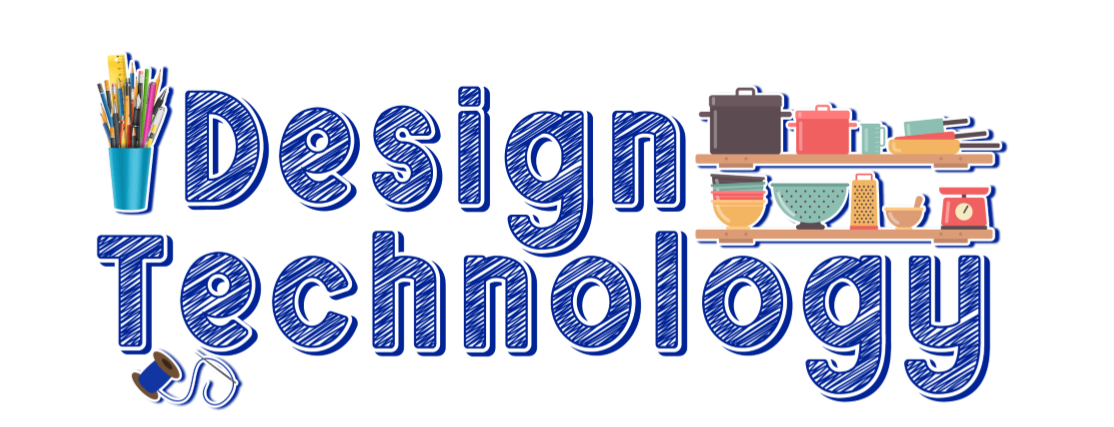
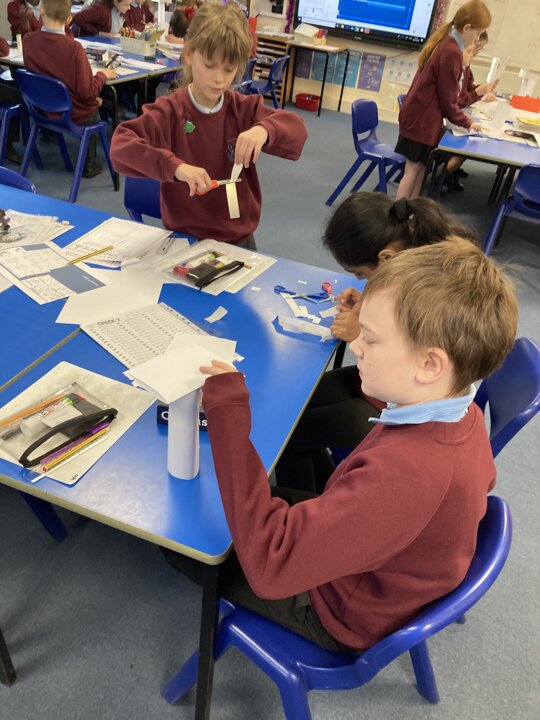
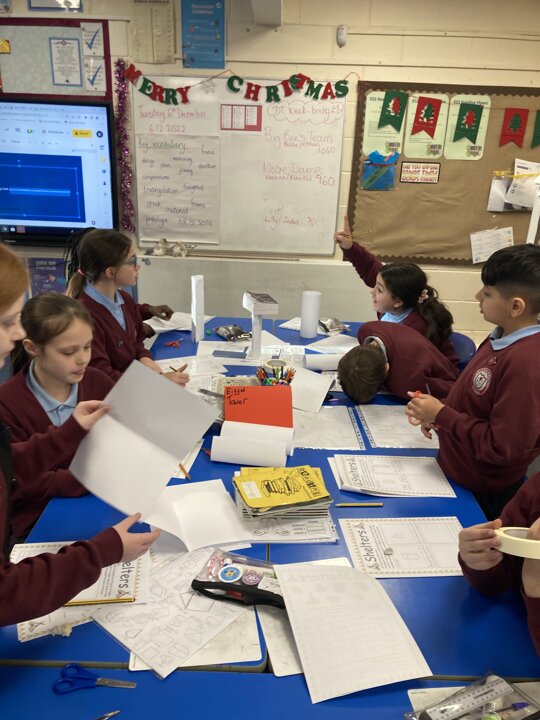
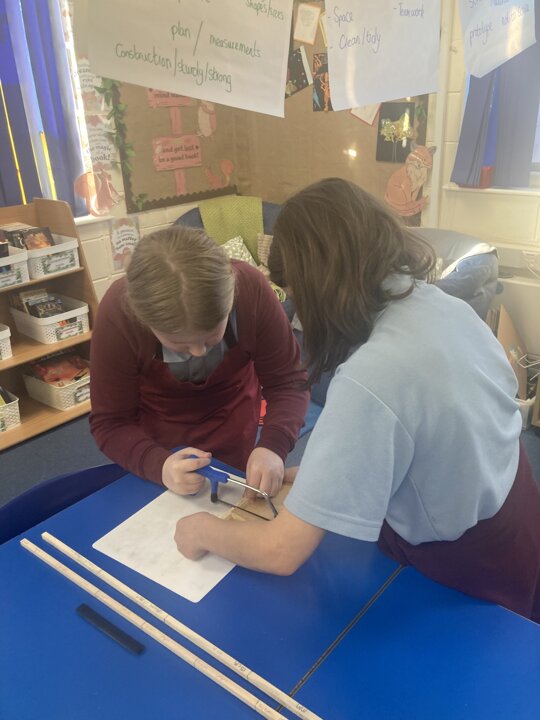


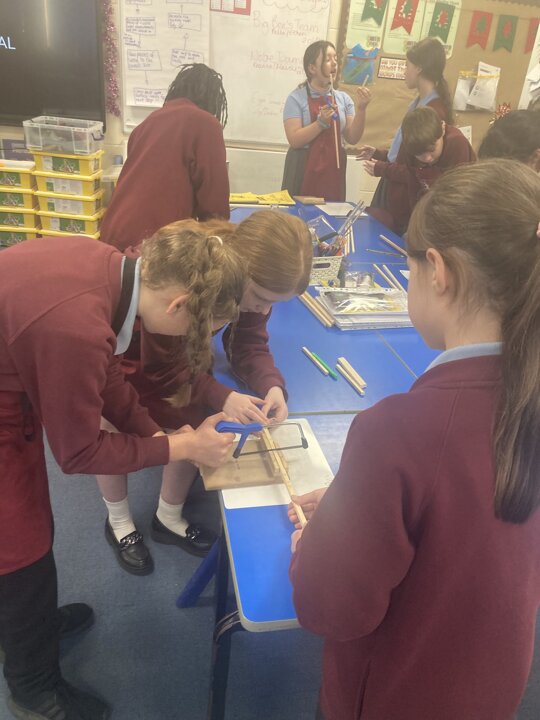
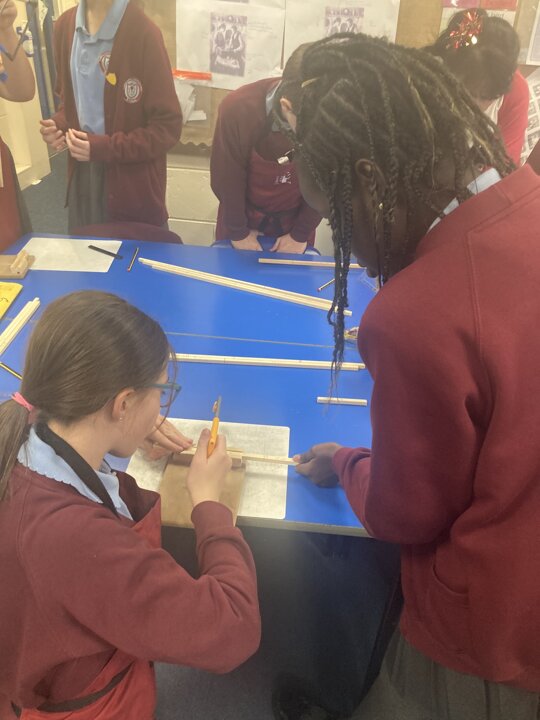
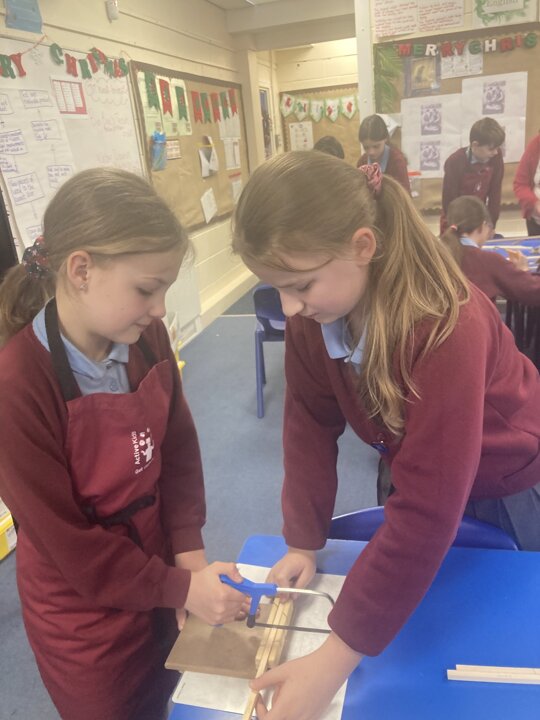
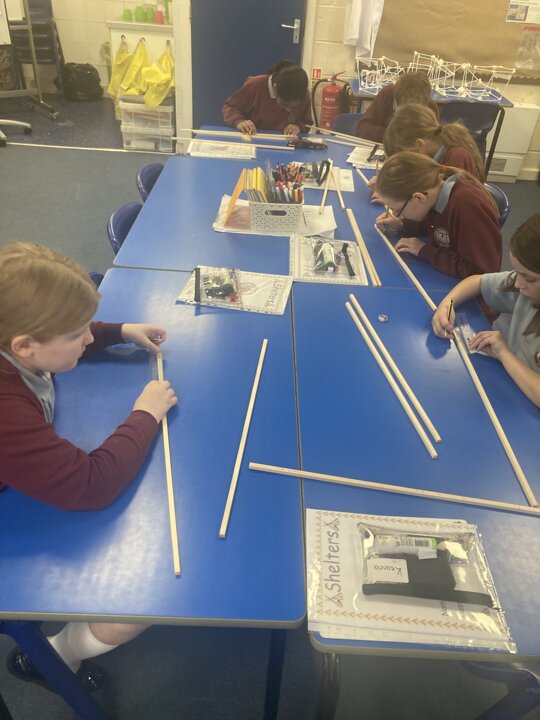

.jpg)
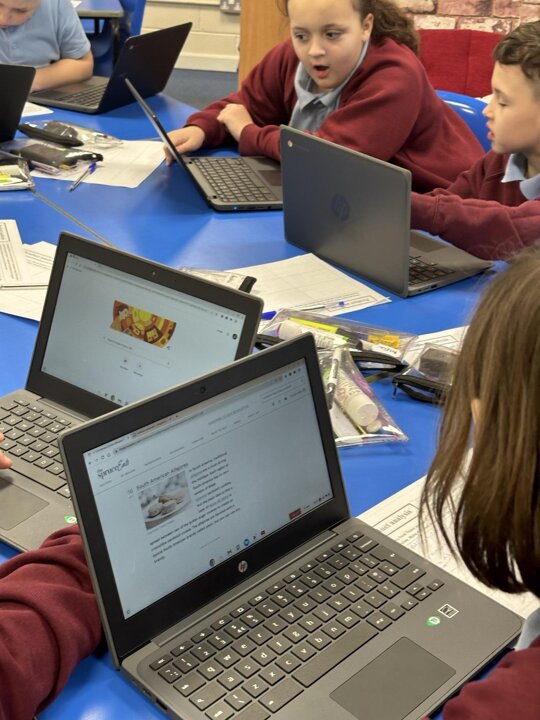

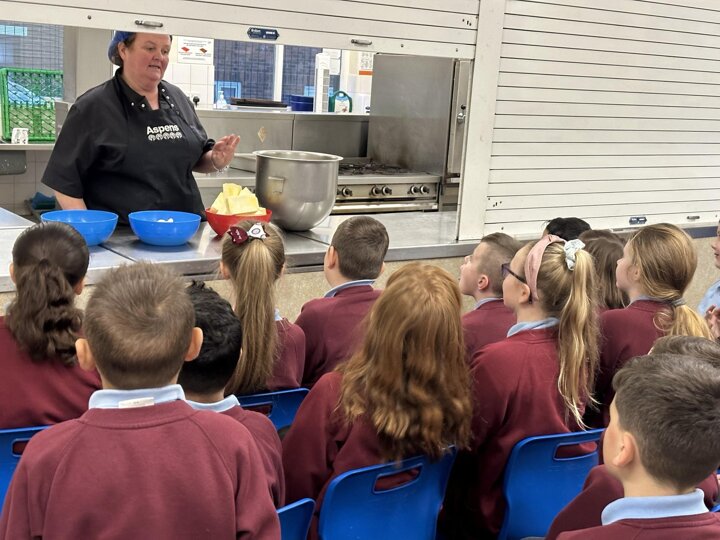
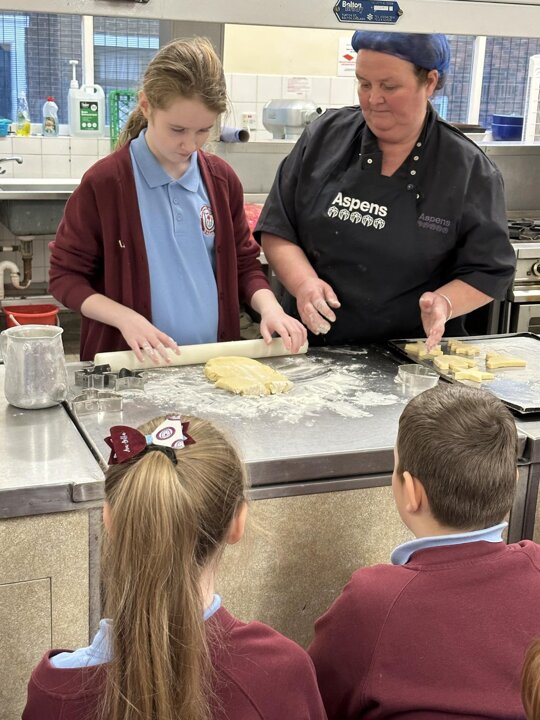
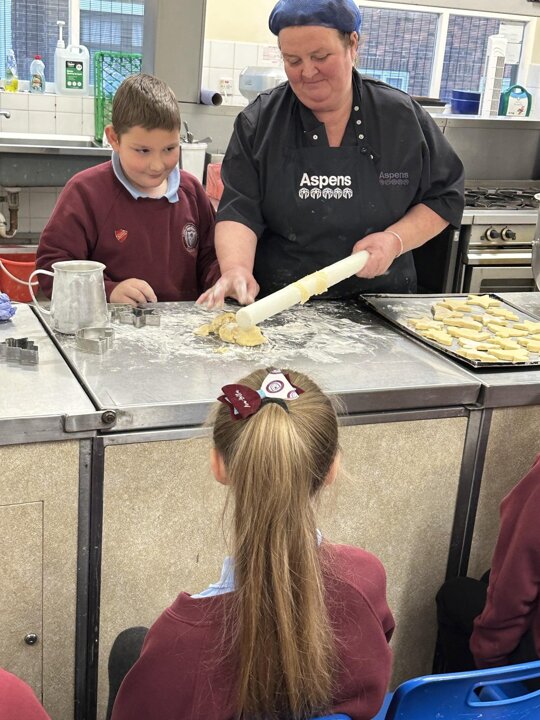
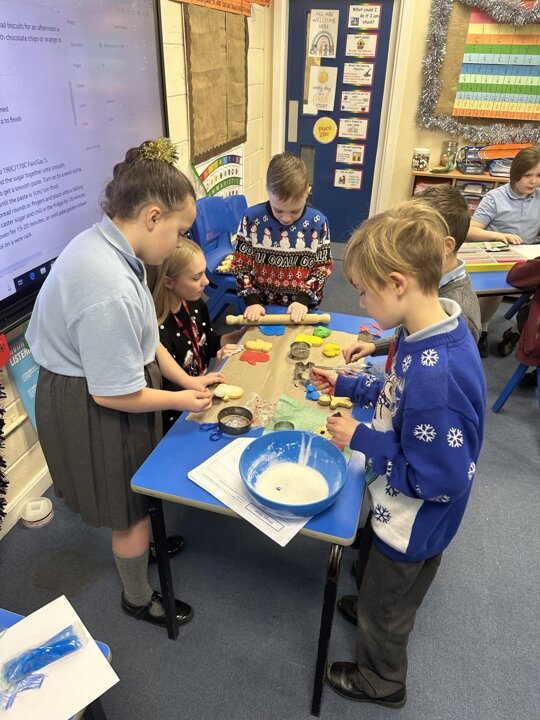
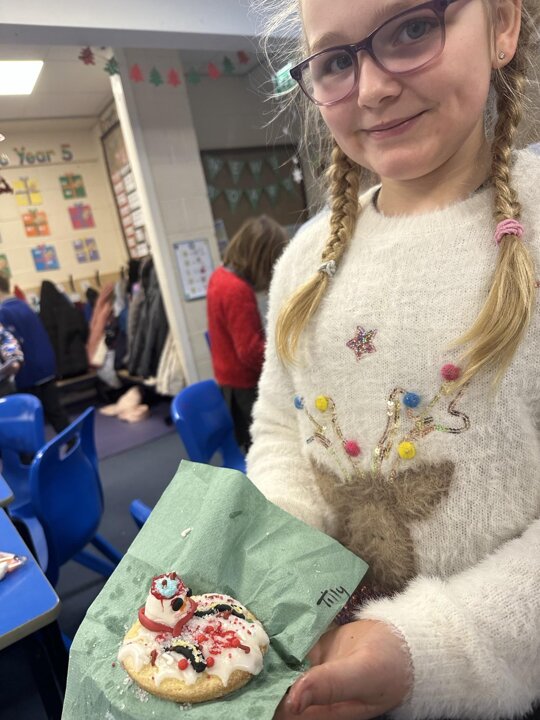
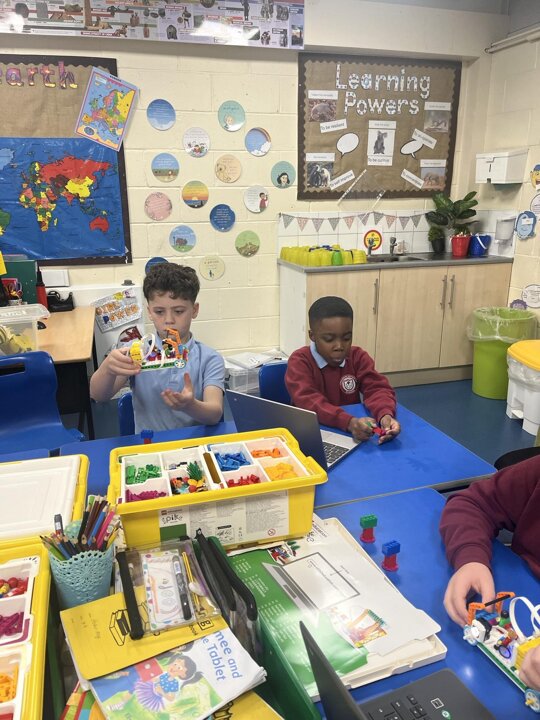
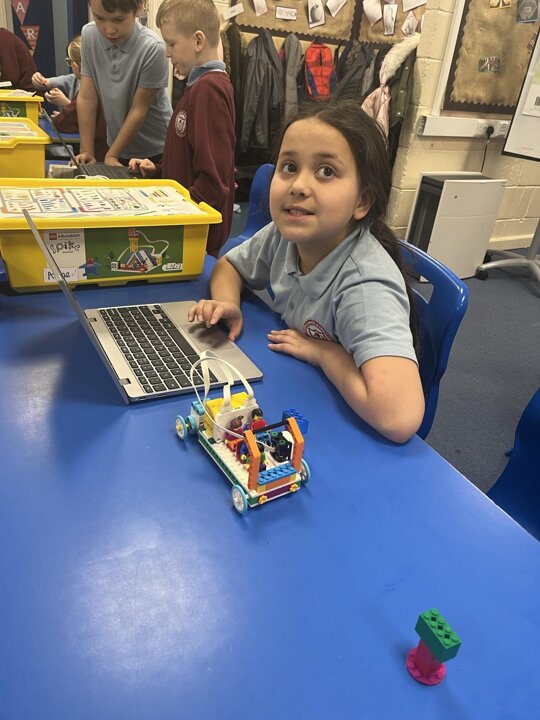
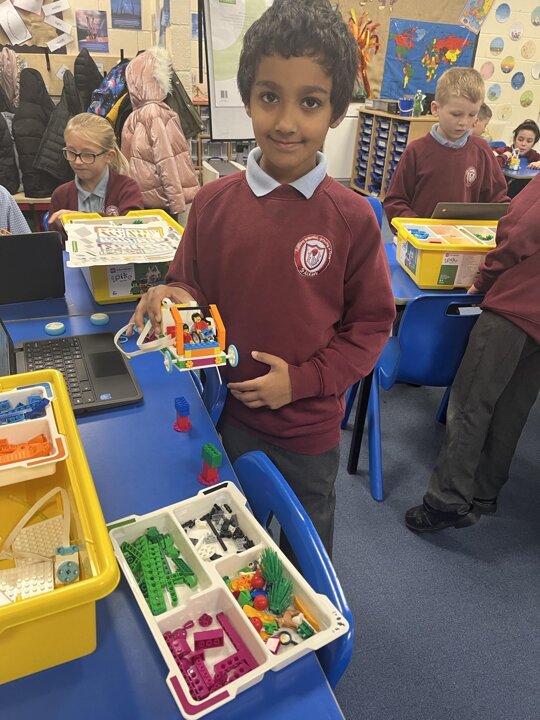

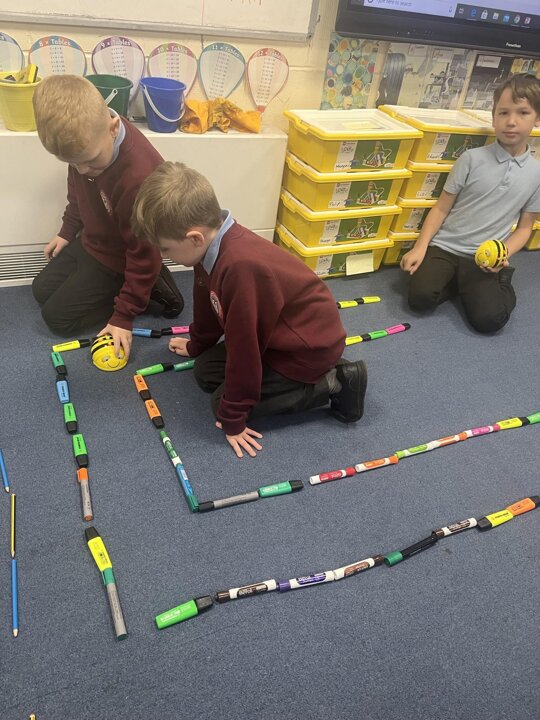

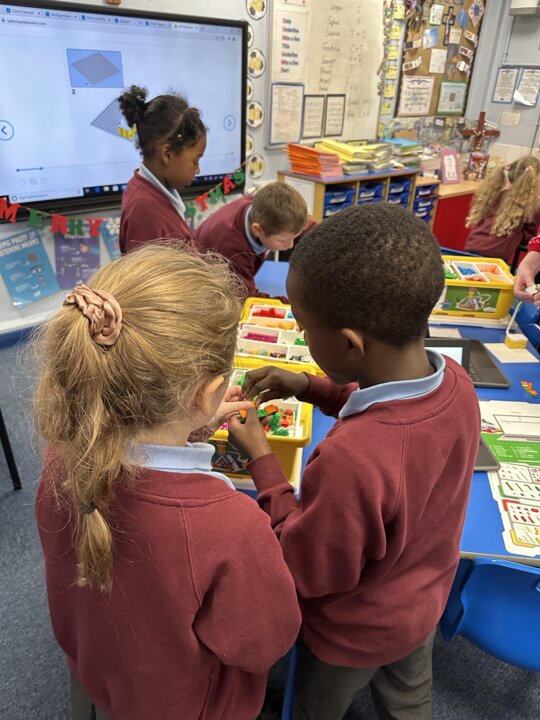
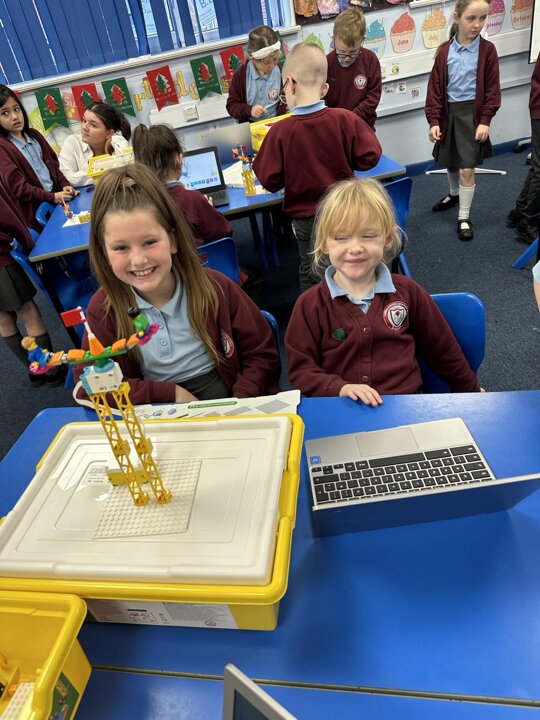

.jpg)
.jpg)
.jpg)
.jpg)
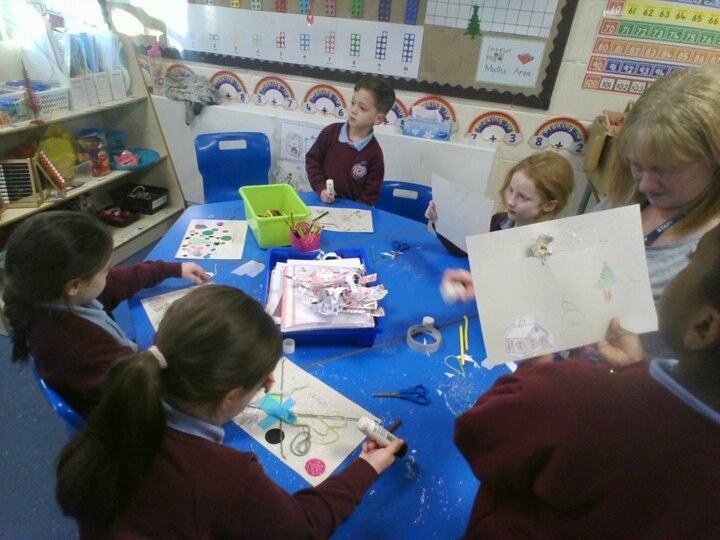

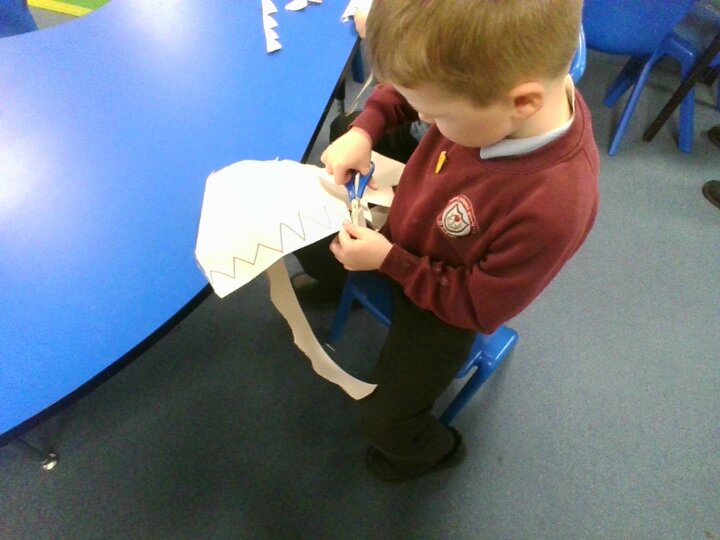
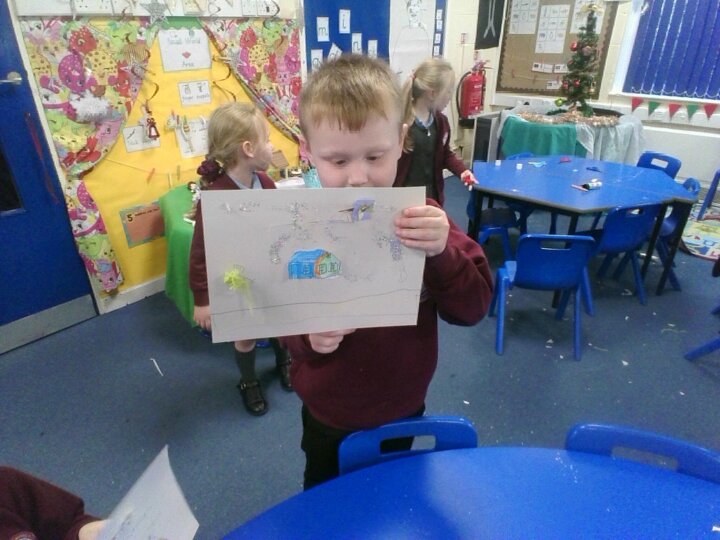
.jpg)
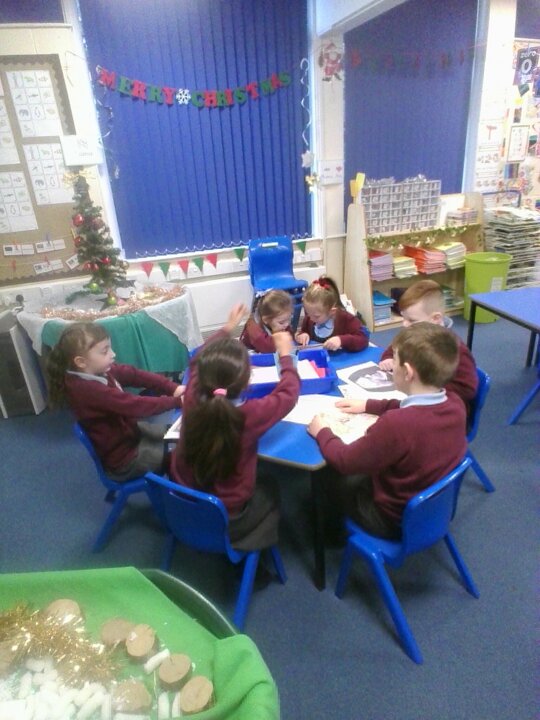


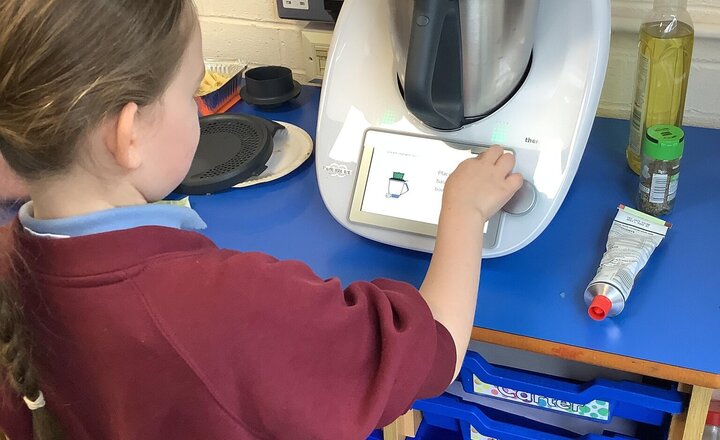
.png)
.png)
.png)
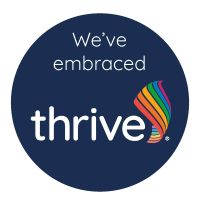
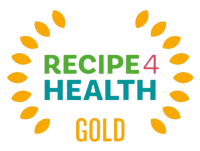

.png)